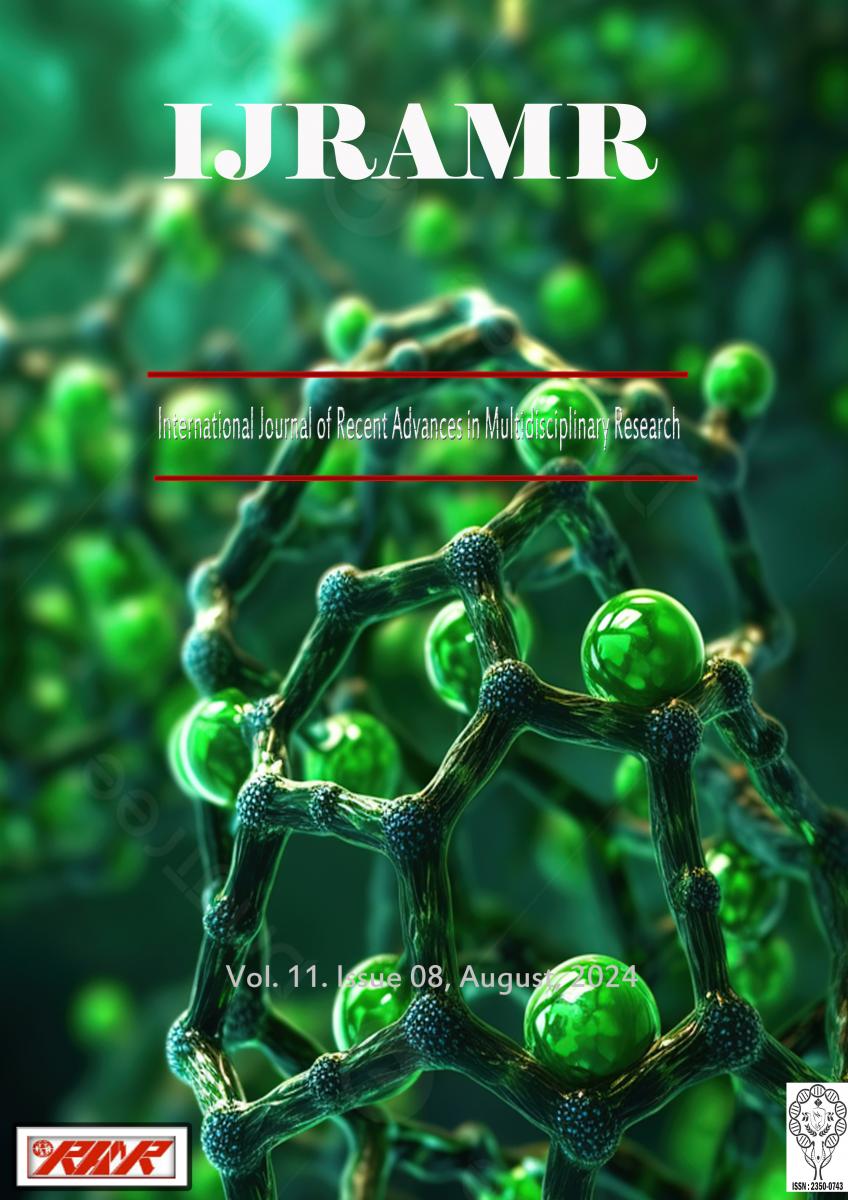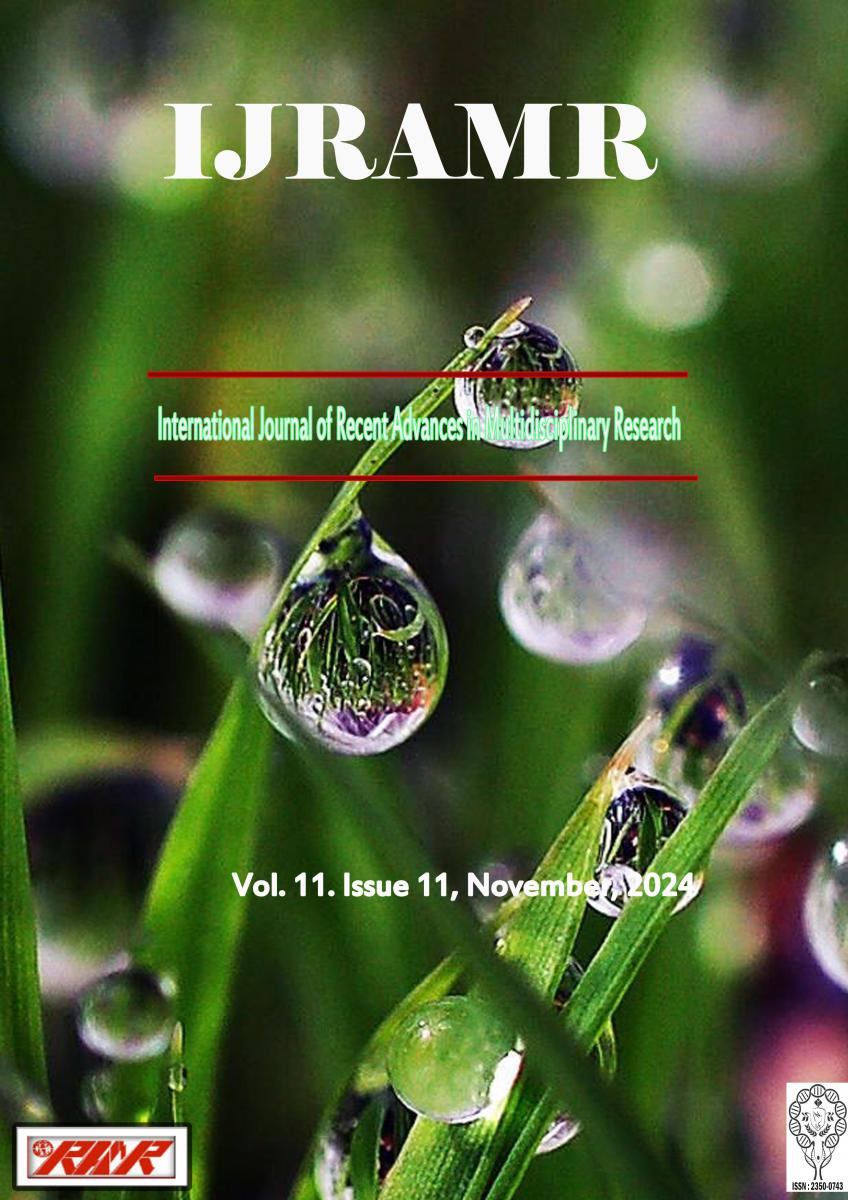The researcher used Structural Equation Modeling (SEM) to determine the most appropriate model for police officers' engagement as viewed by them in Region XII. The study used a quantitative non-experimental research design with a descriptive-predictive approach. The sample size comprised 400 participants who were selected through a stratified sampling technique. These participants were surveyed using standardized adapted instruments to gather data. The data was then evaluated using a variety of statistical approaches such as the mean, Pearson product moment correlation, multiple regression, and structural equation modeling. The study's findings revealed that safety management practices, knowledge management practices, and police engagement were all at a very high level, while human resource management practices were rated as high. Furthermore, it was observed that all three exogenous variables had a significant relationship with police engagement. However, when performing regression analysis, it was observed that knowledge management practices had the strongest influence on police engagement in Region XII. In terms of model evaluation, Model 5 consistently demonstrated an outstanding fit to the data. As a result, Model 5 was identified as the most parsimonious model for this study. In this model, the remaining domains that influence police engagement are safety management practices such as safety training, management commitment, communication and feedback, and safety promotion and policies; human resource management practices such as work-life balance, performance appraisal, and training and development; and knowledge management practices such as cooperation, intrinsic motivation, and perceptions.






